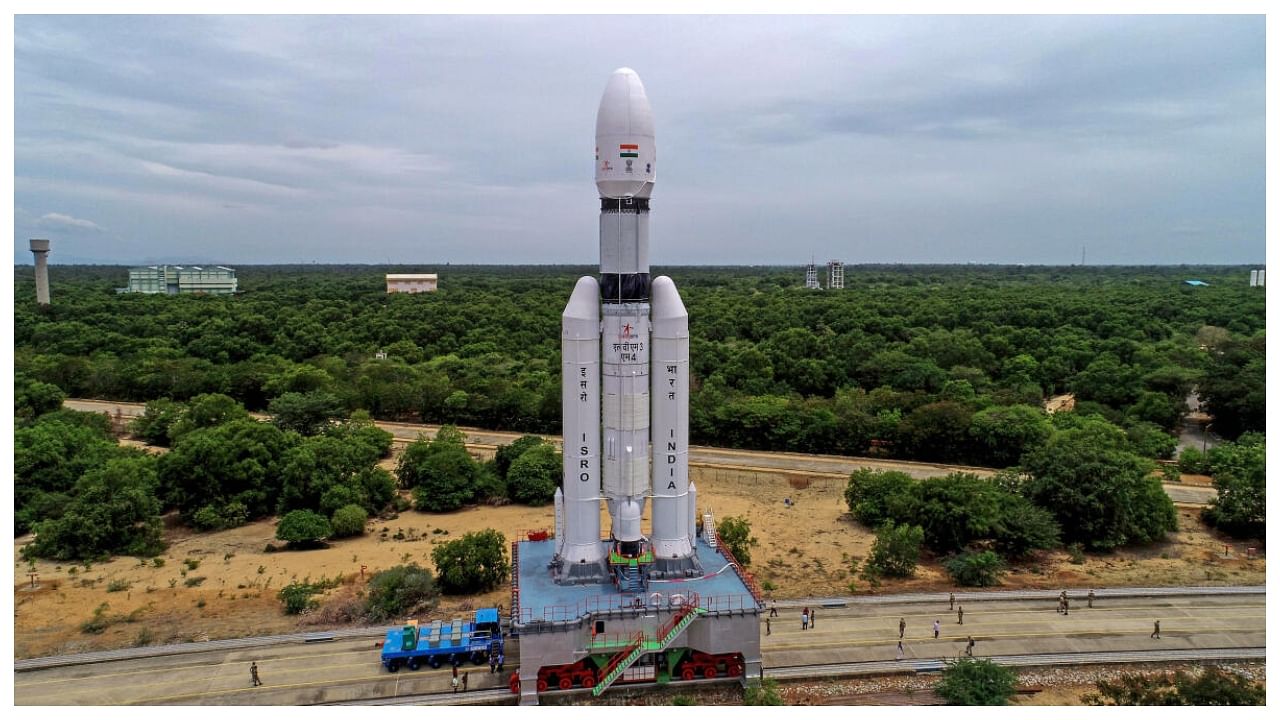
Chandrayaan-3 is set to ascend to the space from Andhra Pradesh's Sriharikota at 2.35 pm on July 14. The third Moon mission of India is a follow-up of Chandrayaan-2, which was launched in 2019. However, Chandrayaan-2 was only a partially successful mission as its rover and lander failed to make a soft-landing on the surface of the Moon.
As per ISRO officials, Chandrayaan-3 will reach the lunar obrit almost 30 days after its launch, reported The Indian Express.
It's rover, Pragyaan, and lander, Vikram, will land on the Moon surface by August 23. Interestingly, ISRO has chosen to land Chandrayaan-3 near the same spot - south pole at 70 degree latitude - where its predecessor Chandrayaaan-2 had attempted to make a soft-landing.
If things go as planned this time, Chandrayaan-3 will become the first-ever lunar mission in the world to make a soft-landing on the south pole of the Moon. Till now, all the spacecraft have landed either on the lunar equator or a few degrees latitude south or north of the equator.
Why hasn't any Moon misson landed on south pole yet?
The polar region of the Moon is a very difficult terrain. Some areas of it lie in total darkness where even a speck of sunlight has never reached. It is so cold that the temperatures go as low as -230 degree Celsius. This pitch darkness and extreme cold weather makes functioning of electronic instruments excruciatingly challenging. On top of this, the south pole is crammed with large craters, some even stretching thousands of kilometres.
What's there to explore on the lunar south pole?
As mentioned above, the tough environment here makes it difficult to carry out experiments and explorations. However, as per findings of other Moon missions till now, it's very evident that these regions could flabbergast the entire scientific community with its interesting revelations. Also, India's 2008 mission, Chandrayaan-1, revealed the presence water on the surface of the Moon.
Besides, extreme cold temperatures in the south pole also indicate towards the fact that aything that's found in this region would have remained frozen and preserved for millions of years. Hence, the soil and rocks from this region of the Moon could provide us the leads to the early solar system.